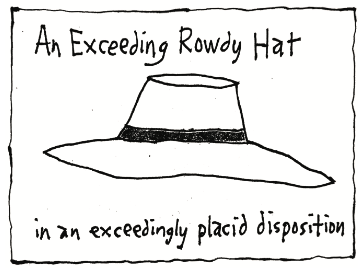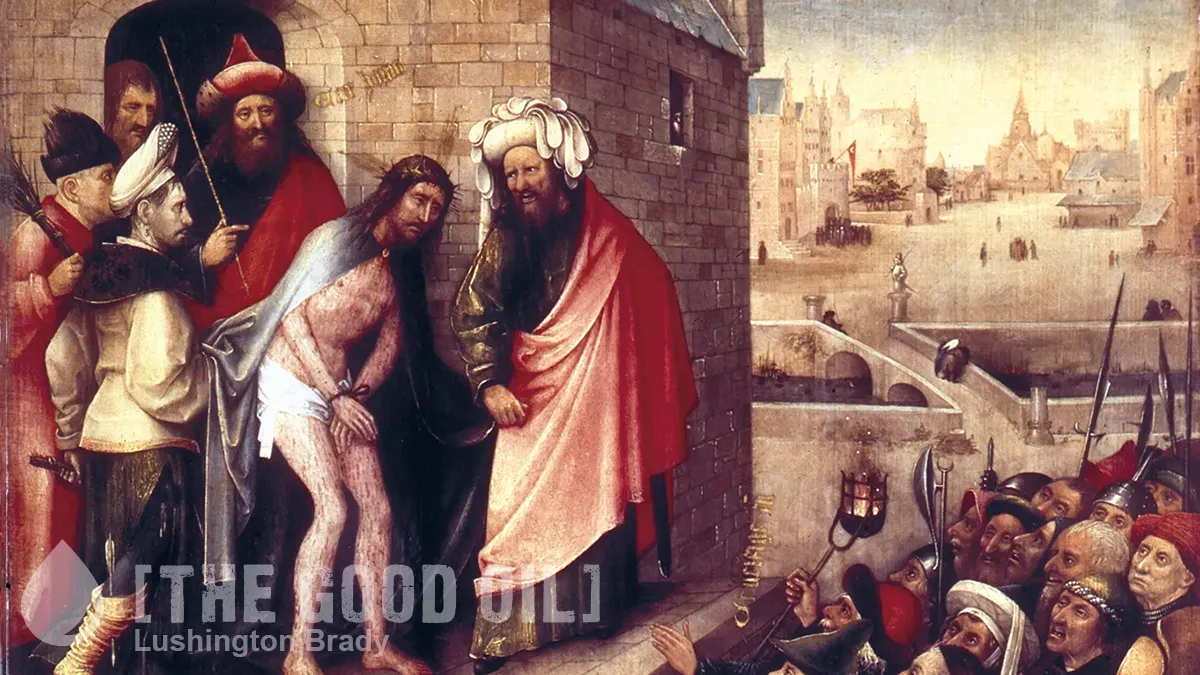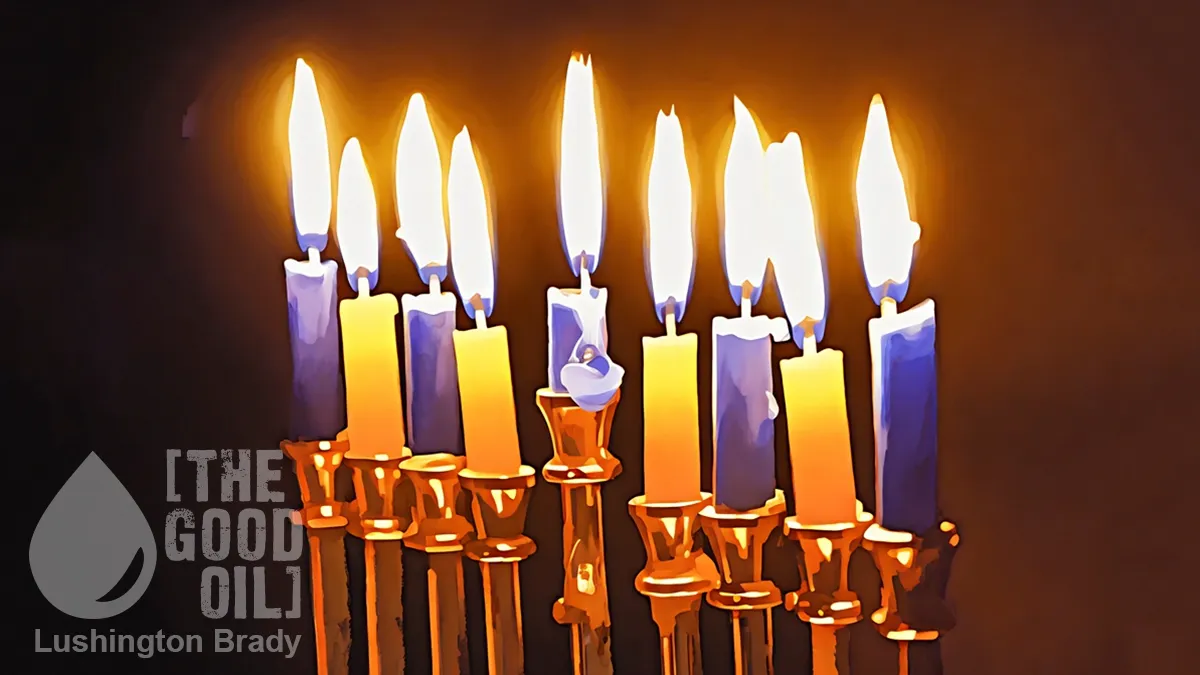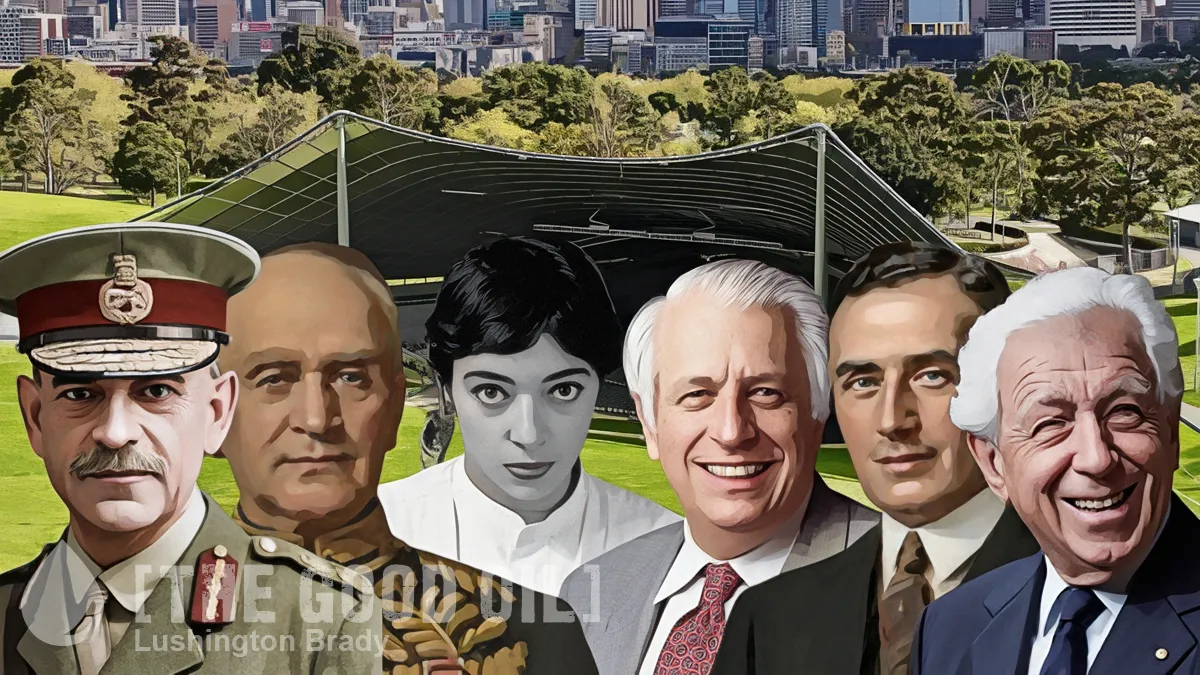You can purchase Nieuw Zeeland An English-Speaking Polynesian Country With A Dutch Name: A Humorous History of New Zealand by Geoffrey Corfield from Amazon today.

GOVERNMENT IN NEW ZEALAND
The Relatively Calm Period also means that the government in New Zealand has more time to do more government things. And there were lots of different government things done in New Zealand by lots of different governments. Over the 40 year period between the first British government representative arriving in New Zealand (1832), and the end of The British-Maori Wars (1872); there are 23 different government leaders in New Zealand doing different government things for New Zealand, and 17 different governments in Britain doing different government things for New Zealand.
That’s 40 different governments doing 40 different government things in New Zealand over 40 years. Each one with their own different government ideas, and each one trying to figure out what to do with New Zealand and what to do with the Maori. New Zealand history is complicated. Nothing complicates things like government.
In 1847 there are 4,500 white turnips in New Zealand and 105,000 Maori, and the fear still exists that the Maori could unite and wipe them all out. “Fencible settlements” are established south of Auckland to guard against Maori attack from the south (Panmure 1846, Howick and Onehunga 1847, Otahuhu 1848). Fencible soldiers (required to fight in their home area only) are recruited in Britain to occupy these settlements. They sign on for seven years and are given a cottage, land, passage to New Zealand and ownership of their property once their term expires; in return for military service when needed and helping to build the fences.
Within the government there are “Royal Instructions”, proposed Assemblies, a maze of different land sales policies, the Governor’s view, the missionaries’ view, the British government’s view, the settlers’ view, and the Maori writing letters to the Queen (O Madam the Queen/O Lady, O Queen”).
By 1859 the New Zealand government has by a circuitous route of buying land, giving some of it back, and then buying it back again; managed to buy all of the South Island and Stewart Island, and large chunks of the North Island. Only the Maori land claims in Taranaki remain unsettled. The South Island Maori sell land for protection from the North Island Maori. The Wellington, Wanganui and Taranaki Maori sell land for protection from the Kawhia Harbour Maori, and the Auckland Maori sell land for protection from The Bay of Islands Maori. There are Maori who want to sell land, Maori who don’t want to sell land, Maori who want their old land back, and settlers who want new land.
Some Maori are little changed by the new ways, but some adapt very quickly and join right in. They control coastal shipping, grow food to sell to the settlements, export to Australia, and own water-mills. “We have abandoned our old ways”, says one chief. Some see this as good. Some don’t.
The government encourages Maori businesses and mission schools; builds hospitals, public works and law courts; and surveys most of the coastline. By 1860 most of New Zealand has been explored except for a few blank spaces in the Southern Alps, and the British population in New Zealand exceeds the Maori for the first time.
From 1840-1853 New Zealand under the “Charter For Erecting The Colony of New Zealand”, has a government consisting of one Governor (appointed); three Executive Council (appointed); and six Legislative Council (the same three Executive Council plus three appointed Justices of the Peace).
Some of the colonists, especially those in The New Zealand Company settlements, are not happy at not having any representative government. The newly-appointed Surveyor-General has come out from Australia “determined to buy as much land as I can possibly find money to pay for”, and by 1845 has contributed to the New Zealand government going bankrupt. Nobody is happy with this, except the government which just carries on regardless; but then nobody can do anything about it, except the government which just carries on regardless.
Also under this Charter, the three islands known as “Northern Island”, “Middle Island” and Stewart’s Island”; are renamed “New Ulster”, “New Munster” and “New Leinster”. Nobody knows why. Nobody is happy with these new names either, but they could do something about it. They could just ignore these new names. So they did. They didn’t use them. They paid not a blind bit of notice to them. They just carried on regardless using the old names.
In return the government paid not a blind bit of notice to New Zealand. Britain passes the first “New Zealand Constitution Act” (1846). The country will be divided into two provinces. The dividing line will not be the two main islands (too logical), but Patea in the North Island. And these provinces will have an Irish name. The north province will be called New Ulster and the south province New Munster. Nobody knows why. Nobody knows why the British government was so determined to saddle New Zealand with Irish names. New Zealand had no real Irish connection, and none of the Irish problems that Britain had or that Britain had exported to Australia.
And, along with these provinces, New Zealand will have three levels of government: national, provincial and municipal. The municipal government will elect township officials. The provincial government will have an appointed Lieutenant-Governor, an appointed Legislative Council, and a House of Representatives elected from the township officials. The national government will have an appointed Governor, an appointed Legislative Council, and a House of Representatives elected from the provincial House of Representatives.

You can purchase Nieuw Zeeland An English-Speaking Polynesian Country With A Dutch Name: A Humorous History of New Zealand from Amazon today.

If you enjoyed this BFD article please consider sharing it with your friends.









